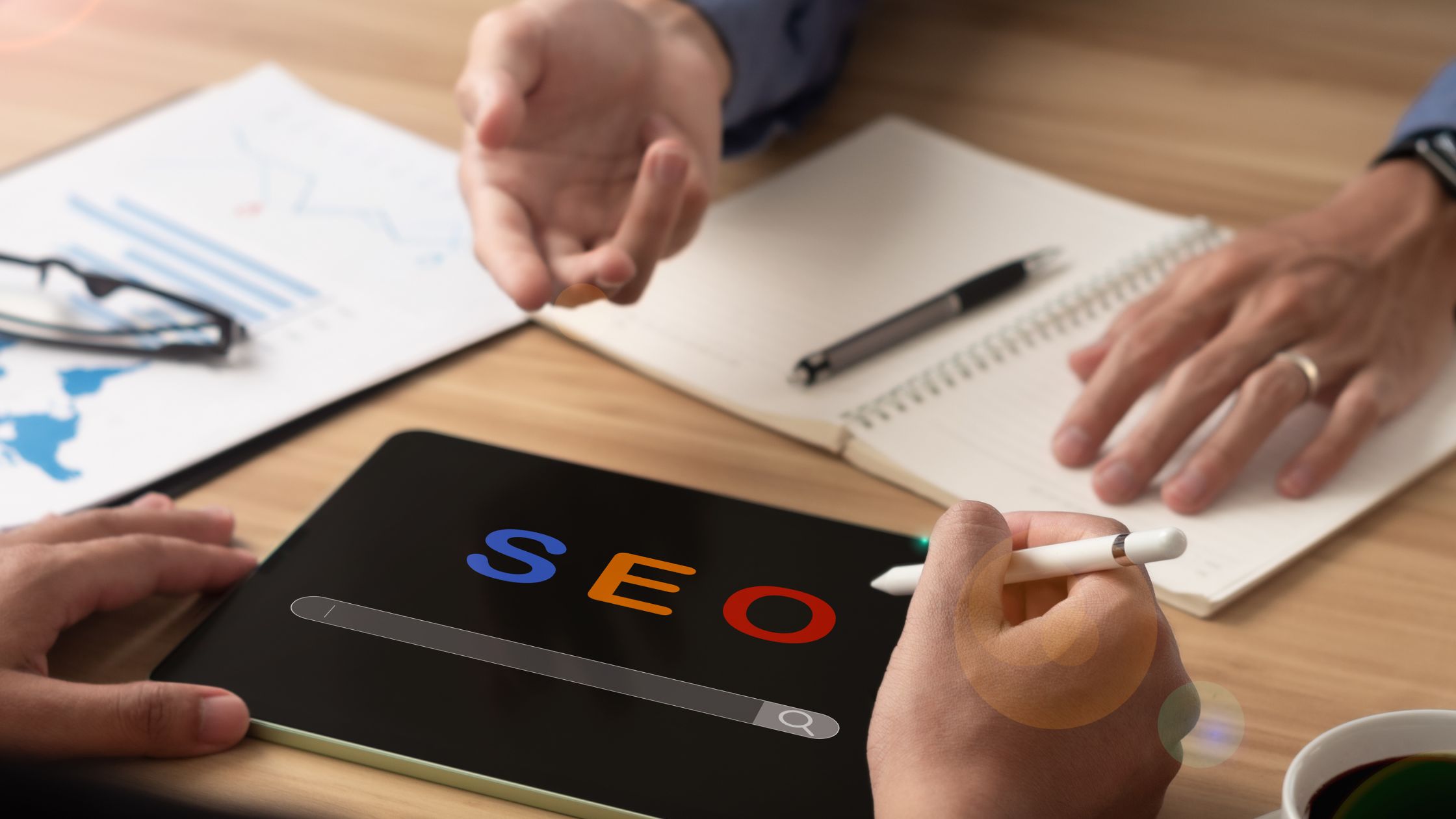Master WordPress Elementor Basics to Design Profitable Business Websites
DEvery serious business today needs a website that does more than sit online. Your site must attract the right visitors, explain your offer clearly, and turn interest into real revenue. When you work with WordPress and Elementor together, you control that entire experience without writing code. You use a visual editor, you shape every section, and you design pages that guide visitors toward action. However, you only get those results when you strategically understand the WordPress Elementor Basics. You do not just drag random blocks around. This approach turns your website from a digital brochure into a profit-focused asset. Why Beginners Love Building with Elementor Elementor gives new users a simple, visual way to turn ideas into real, working pages. Elementor lets you design visually in real time, so you always see exactly how your page will look. It helps businesses create sites that load quickly, look great on mobile, and guide visitors toward decisive action. You adjust margins, fonts, and sizes for desktop, tablet, and mobile, keeping sections readable and clickable for visitors. Elementor integrates with themes, WooCommerce, and marketing tools, so you can connect forms, email, and analytics without touching code. As a result, beginners launch professional, conversion-ready websites faster and with much more confidence. What WordPress and Elementor Actually Do for Your Business WordPress acts as the engine of your website. It manages your pages, blog posts, users, and plugins. You install themes and extensions, and you control everything from one dashboard. This system gives you flexibility and keeps your content separate from design, so you update text without breaking layouts. Elementor then sits on top as a visual builder. You open any page, click Edit with Elementor, and start working in a live preview. Drag sections, columns, and widgets onto the canvas. You change text, colors, and spacing in real time. Because you see every change immediately, you move quickly and make confident design decisions. In addition, Elementor gives you device controls. You switch between desktop, tablet, and mobile views. You adjust font sizes and margins for each one. As a result, your pages stay easy to read and navigate on any screen, which helps visitors stay longer and engage more. Key Elements of a High-Converting Elementor Homepage A high-converting WordPress Elementor Basics follows a simple, clear structure. Each section has one job: move visitors closer to taking action. A) Build A Focused Hero Section Start with a focused hero section that states your main promise in one clear sentence. Support the headline with a short line that explains who you help and what changes. Highlight a single primary button that guides visitors toward your most important next step today. B) Show Your Core Services Clearly Present your core services in neat columns so visitors can quickly scan what you offer. Use an icon, title, and benefit statement to keep each service description clear and readable. Avoid long paragraphs here and focus on clarity, simplicity, and fast understanding for every visitor. C) Add Social Proof and Authority Add a social proof section featuring testimonials, reviews, or recognizable client logos near important content. Choose quotes that mention results like higher revenue, saved time, or smoother systems for clients. D) Explain Why Visitors Should Choose You Include a concise section explaining why clients should choose your business instead of nearby competitors. Highlight strengths like years of experience, specialized skills, or a deep understanding of specific client industries. E) Close with A Strong Final Call to Action End the page with a focused final section that repeats your primary call to action. Link this call directly to a simple form, booking calendar, or preferred communication channel online. Avoid extra buttons here so visitors stay clear about the one next step that matters. With these elements in place, your Elementor homepage feels intentional, easy to follow, and far more likely to turn visitors into real leads or customers. Learn more about High-Converting WordPress Website Design. Common Mistakes When Using Elementor for Business Sites Even with solid WordPress Elementor Basics, you still need to avoid a few common errors. Avoid cluttered styling: You do not overload pages with too many fonts or colors, because that quickly makes layouts feel messy and unprofessional. Always check mobile view: You do not ignore mobile layouts, since many visitors browse on phones and tablets every day. Use effects with restraint: You do not rely only on animations or fancy effects to impress visitors or hide weak content. Test every page interaction: You do not skip basic testing before you publish an Elementor page or funnel. When you avoid these mistakes, you protect both the user experience and your conversion rates. Conclusion When you truly master WordPress Elementor Basics, you move far beyond simple drag-and-drop design. You combine a clear business goal, a structured page layout, and a focused funnel that guides visitors toward meaningful action. You use Elementor to support that plan with a clean, responsive design, and you connect everything to tracking and follow-up systems that turn clicks into clients. If you want expert support that brings technology, strategy, and design together in one growth-focused approach, you can collaborate with a specialist company like Blogrator Web Service to scale your website into a reliable profit engine. FAQs Do I need design experience to use Elementor? No. You only need a basic sense of layout and a simple content plan. Elementor’s ready-made sections and widgets do the heavy lifting. Can I build a full business website with Elementor and WordPress? Yes. Manage content in WordPress, design pages with Elementor, and use a few trusted plugins for security, backups, and analytics. How do I keep my Elementor pages fast and responsive? You use a lightweight theme, compress images, avoid unnecessary addons, and test layouts on different devices with Elementor’s responsive controls. When should I move to more advanced layouts? You upgrade when you run specific campaigns or funnels, need dedicated landing pages, or want deeper automation and integrations.









